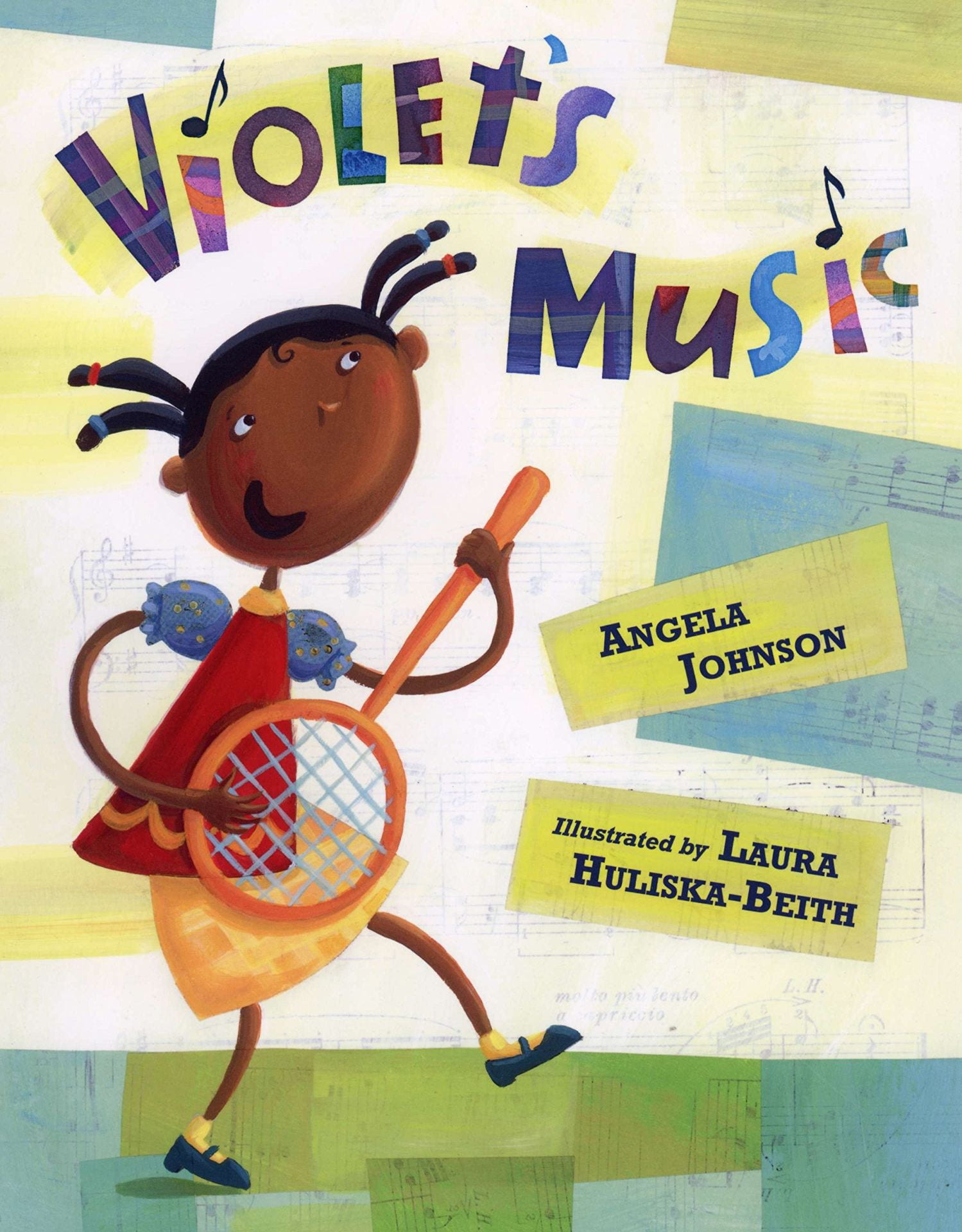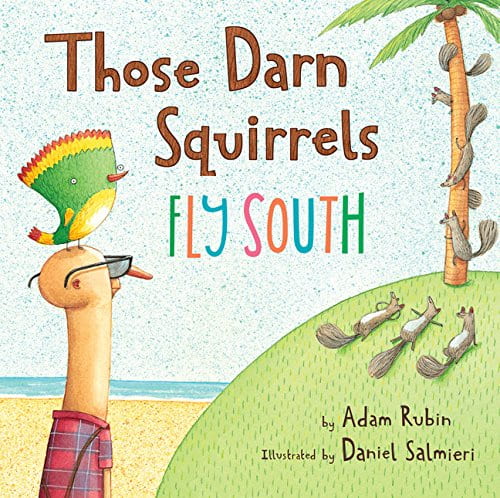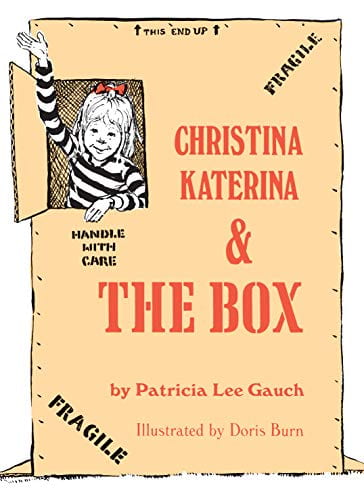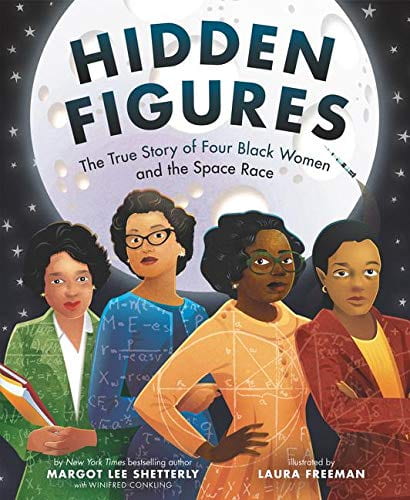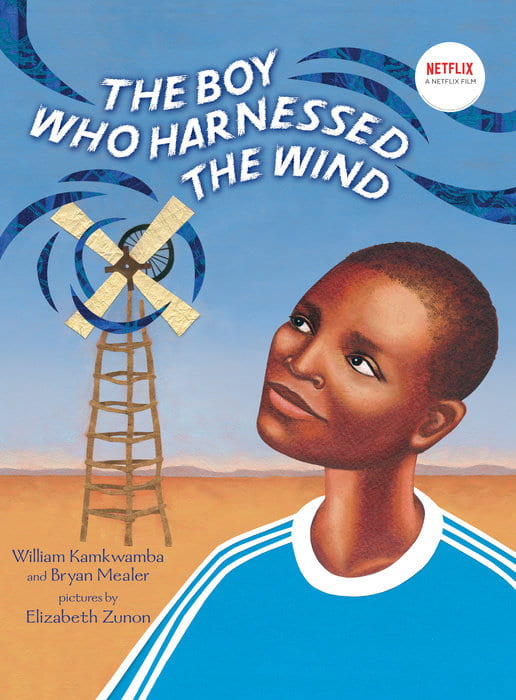Trombone Shorty
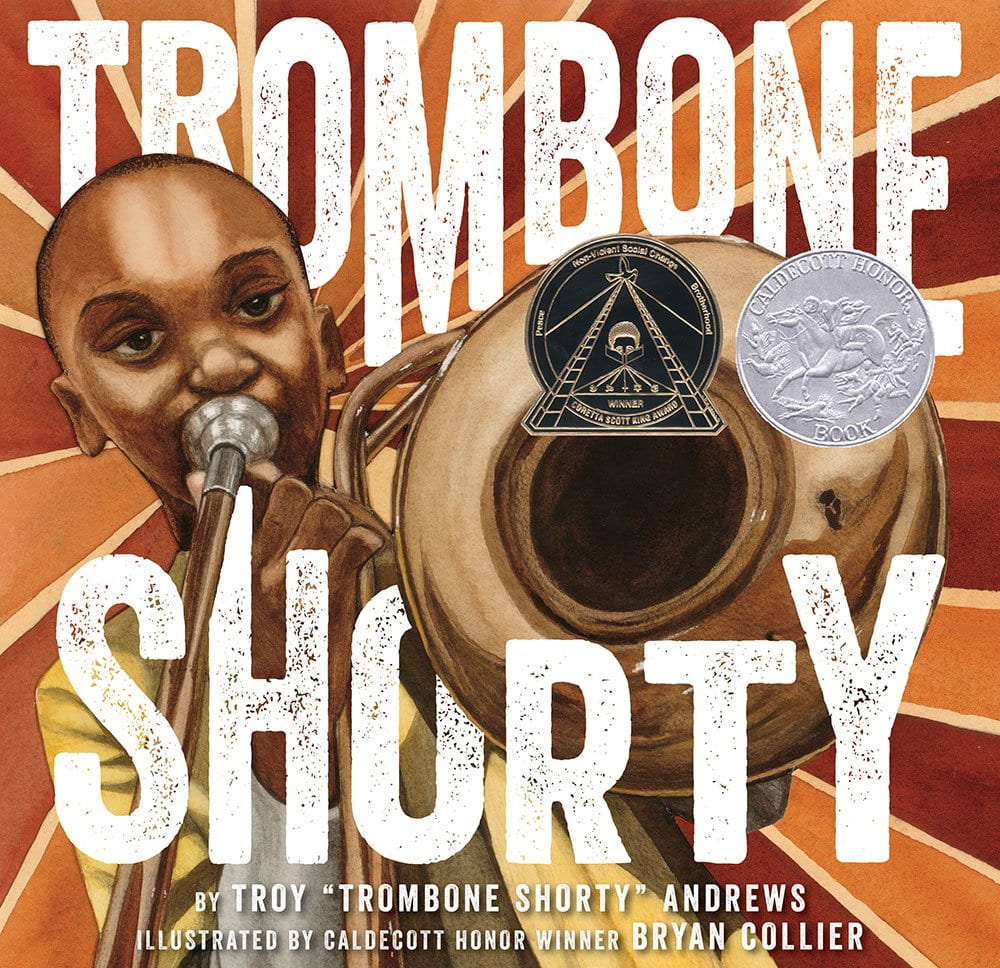
Lesson Summary
This is a story about music and how family support and encouragement helped a young musician find his passion. The students will experience jazz music and discover how people make sound or music through instruments.
After listening to the story, students are challenged to use their knowledge of energy transfer to create a musical instrument for Trombone Shorty and his friends. The instrument should use stored energy to create the energy of motion and ultimately sound that can be heard from a distance of 12 feet.
STE or Math Standards
- Energy:
4-PS3-2. Make observations to show that energy can be transferred from place to place by sound, light, heat, and electric currents.4-PS3-4. Apply scientific principles of energy and motion to test and refine a device that converts kinetic energy to electrical energy or uses stored energy to cause motion or produce light or sound.
ELA Standards
- Presentation of Knowledge and Ideas: CCSS.ELA-LITERACY.SL.4.4
Report on a topic or text, tell a story, or recount an experience in an organized manner, using appropriate facts and relevant, descriptive details to support main ideas or themes; speak clearly at an understandable pace.
Video
Trombone Shorty read by Angela Bassett



